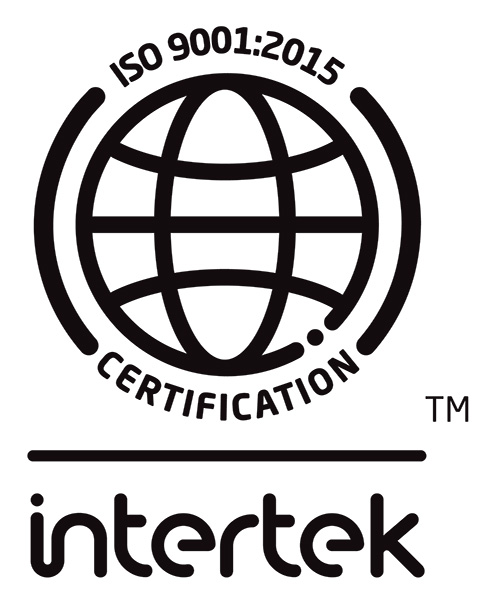Clinical Use
Tetracyclines, and in particularly doxycycline, are useful against many clinically important gram positive organisms: for example, Staphylococcus aureus and Streptococcus pneumoniae.(3) Because of the tetracyclines’ bacteriostatic activity, however, it is a poor choice in bacteremia or endovascular infections with these (or any) organisms. Of note, tetracyclines are not effective in streptococcal pharyngitis, as the antibiotic does not reliably or effectively clear Streptococcus pyogenes even when the organism tests susceptible.(4)
For gram negative bacilli, resistance to tetracycline among Enterobacteriaceae is common, limiting their use. Doxycycline possesses good activity against a variety of rarer gram negative infections, especially against many risk group 3 agents including Brucella, Yersinia pestis, and Burkholderia pseudomallei. The group also has activity against an eclectic mix of other gram negatives with limited other treatment options, including Stenotrophomonas, Campylobacter spp., and Vibrio spp.
Tetracyclines remain the treatment of choice for many rickettsial infections: they are the first line treatment for epidemic typhus, Rocky Mountain Spotted Fever, and scrub typhus, among others. Similarly, tetracyclines are effective against many spirochetes leading to either a primary or secondary role in the treatment of leptospirosis, Lyme disease, and syphilis.(3)
Activity of tetracyclines is not limited to bacteria – these drugs have activity against several protozoa, including Plasmodium spp., which allows their use as malaria prophylaxis as well as a component of antimalarial treatment regimens.(5) It is even useful in many filarial infections, as the drugs will target Wolbachia, an important bacterial endosymbiont.(6)




